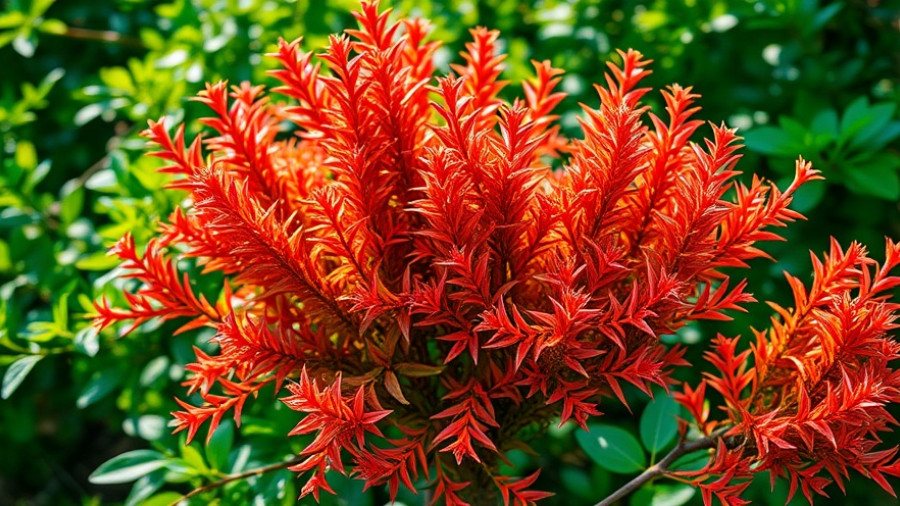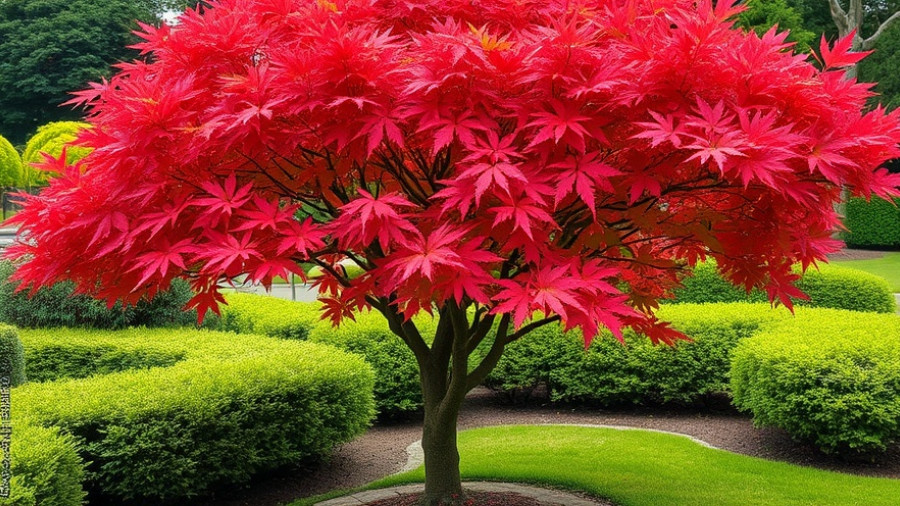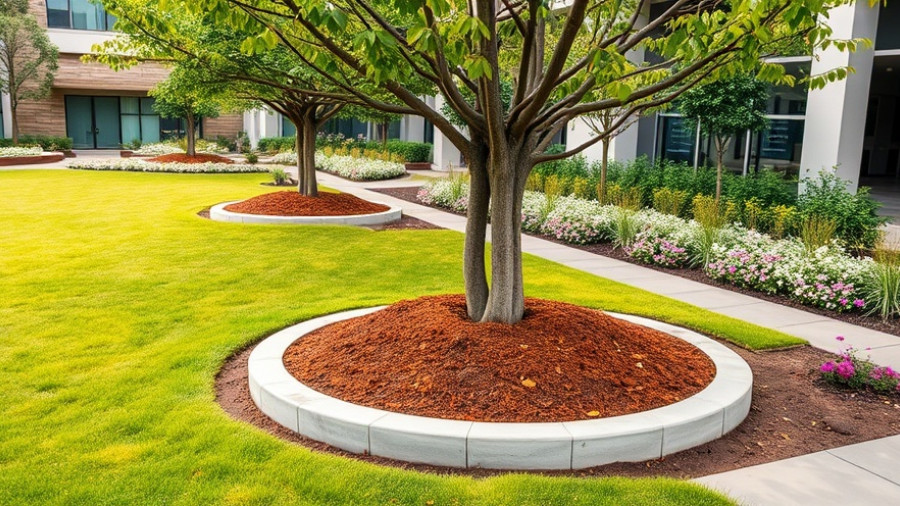
Discovering the Magic of Autumn Crocuses
As the vibrant hues of summer fade and autumn ushers in cooler breezes, nothing captures this seasonal transition quite like the blooming of autumn crocuses. These beautiful bulbs, known scientifically as Colchicum autumnale, offer a striking display of bright pink flowers that emerge from the earth, creating a dazzling spectacle just when many gardens fall silent. In this article, we explore how to plant, grow, and care for these autumnal gems, ensuring they thrive and bring beauty to your outdoor oasis.
Understanding the Autumn Crocus: A Unique Flower
While the term 'crocus' might be familiar, autumn crocuses are notably different from their spring predecessors. Emerging without leaves, these perennials deliver a dramatic flourish at the end of the gardening season. Unlike the fragile spring crocus, autumn crocuses are part of the Colchicaceae family and possess a level of hardiness that makes them suitable for various climates. However, it's important to remember that while saffron crocuses (Crocus sativus) are edible, autumn crocuses are toxic, adding a layer of mystique to their charm.
Planting Autumn Crocuses: Step-by-Step Guide
To usher in the visual delight of autumn crocuses in your garden, proper planting is essential. Here’s a simple yet effective guide to get you started:
- Choose the Right Spot: Autumn crocuses thrive in full sun to partial shade. Select an area that receives at least half a day of sunlight.
- Soil Preparation: Ensure your soil is well-draining to prevent bulb rot. You can amend heavy soil with organic matter to enhance drainage.
- Planting Time: Late summer to early fall is ideal for planting. Aim for a depth of around 4-6 inches and space bulbs about 6-12 inches apart.
- Watering Needs: These plants require average watering. Allow the soil to dry out between watering sessions to keep them healthy.
Caring for Your Autumn Crocuses: Tips for Long-lasting Blooms
Once planted, caring for your autumn crocuses is straightforward:
- Pest Management: Keep an eye out for common pests like slugs, which enjoy nibbling on the young shoots. Organic pest control methods, such as diatomaceous earth, can help safeguard your plants.
- Fungal Issues: Maintaining good air circulation around the plants can help reduce the risk of fungal smut, a challenge some growers face.
- Post-Bloom Care: After the flowers wilt, do not cut back the leaves because they continue to photosynthesize and nourish the bulb. Allow them to die back naturally.
Enhancing Your Garden’s Aesthetic with Autumn Crocuses
Beyond their individual beauty, autumn crocuses have a unique way of complementing other late blooming plants. When enhancing your garden's visual appeal, consider integrating these bulbs into flower bed layouts alongside other perennials. Their late bloom time makes them an excellent choice for maintaining color in your garden as you transition into winter.
Eco-friendly Yard Care Tips for Autumn Gardening
As you embrace the charm of autumn crocuses, consider eco-friendly practices to create a sustainable garden. Here are a few tips:
- Compost Wisely: Use compost to enrich your soil naturally, reducing your reliance on chemical fertilizers.
- Mulching: Apply organic mulch to retain moisture and suppress weeds, leading to a healthier garden overall.
- Rainwater Harvesting: Collect rainwater in barrels to conserve water while keeping your autumn crocuses and other plants hydrated.
Plan Your Autumn Garden: More Than Just Crocuses
Incorporating autumn crocuses into your garden is just the beginning. Remember to think broadly about your outdoor space. With backyard makeover ideas, consider how your garden can evolve through the seasons. Design outdoor kitchen spaces or incorporate fire pit designs that become conversational focal points in cozy evenings, enhancing the experience of your blooming autumn oasis.
Lively outdoor spaces thrive on careful planning, so explore a variety of container gardening and yard drainage solutions to keep your greenery flourishing while also ensuring a visually appealing environment.
Take Action: Create Your Own Autumn Paradise
Now that you are armed with the knowledge to plant and care for autumn crocuses, explore your local gardening center for bulbs this season. Enhance your garden by embracing the beauty of these bulbs and using sustainable practices to showcase other features of your outdoor living space. With every new bloom, you're not just cultivating flowers; you're nurturing your connection to nature and enriching your life one petal at a time.
 Add Row
Add Row  Add
Add 




Write A Comment